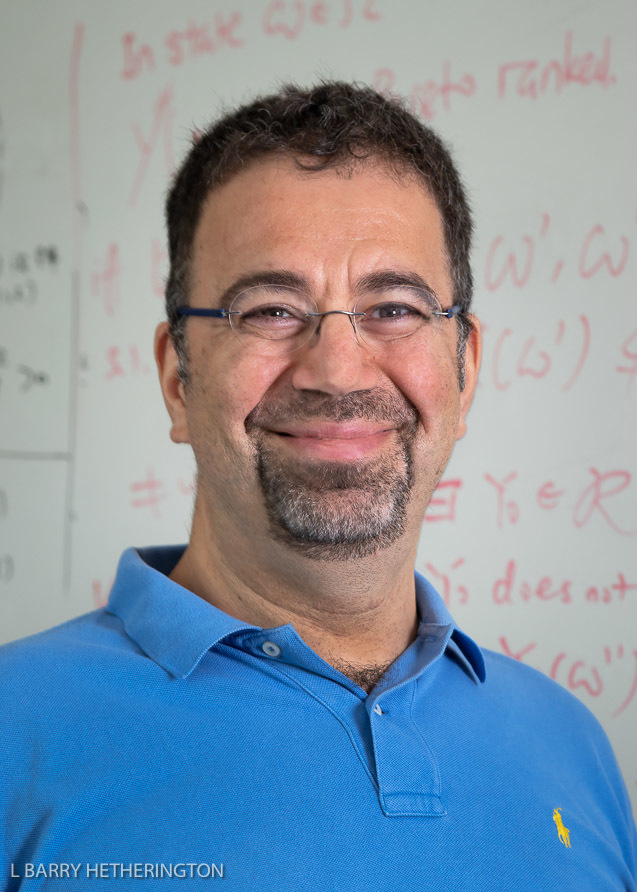Alejandro Martínez-Marquina defended his dissertation this week.
The three papers he chose for his dissertation are these:
When a Town Wins the Lottery: Evidence from Spain
"How do local wealth shocks impact economic activity? For over two centuries, Spain has conducted a national lottery which often results in the random allocation of up to $800 million in cash to the citizens of one town. This is the only case in the world where individuals living in the same location randomly receive pure wealth shocks of this scale. Leveraging data on town-level lottery ticket expenditures, we compare winning towns to non-winning towns that had the same probability of winning. We find that although consumption increases, the lottery causes a slowdown in economic activity and deters new migration to towns that won in recent decades. However, an analysis of a century of lottery winners reveals large and persistent increases in population for towns that won in earlier periods."
"We propose that holding debt causes worse financial decisions using a novel experimental design where we randomly assign debt. Our design isolates the consequences of holding debt while controlling for potential confounding factors such as initial wealth levels, selection, risk, and time preferences. Our findings show that debt causes behavioral biases detrimental to subjects' financial payoffs. However, subjects' strategies are not random but instead debt-biased, consistent with an additional penalty for holding negative balances. We refer to the financial losses caused by debt as the Burden of Debt and provide evidence that, under certain circumstances, these behavioral biases can compound and lead to substantial losses. Furthermore, we show in additional treatments how these debt-biased behaviors can also deter subjects from borrowing and forego profitable opportunities."
Ingraining Traditional Gender Roles in the Classroom: Evidence from the Spanish Social Service
"This study uses a regression discontinuity framework to examine the long- run effects of conservative education on women's' family and labor decisions. In 1939, the Spanish dictatorship created the Social service, a compulsory 6- month training program aimed at relegating women to the roles of mothers and housewives. We exploit the discontinuity induced by the sudden abolition of the Social Service, in addition to variation in the age of enrollment, to examine the consequences of attending the program. Using historical enrollment records and the universe of birth certificates, we find the Social Service was successful in instilling the regime's ideology. Women exposed to the class get married and have kids at younger ages, consistent with the desire to form a family sooner. In addition, they are more likely to declare being housewives when their first child is born. Future work will explore the underlying mechanisms and the effects on children by surveying women who enrolled around abolition."
Welcome to the club, Alejandro.
 |
| Aleandro ( top center) with Chenzi Xu, Muriel Niederle, Doug Bernheim, Al Roth, Ran Abramitzky |













